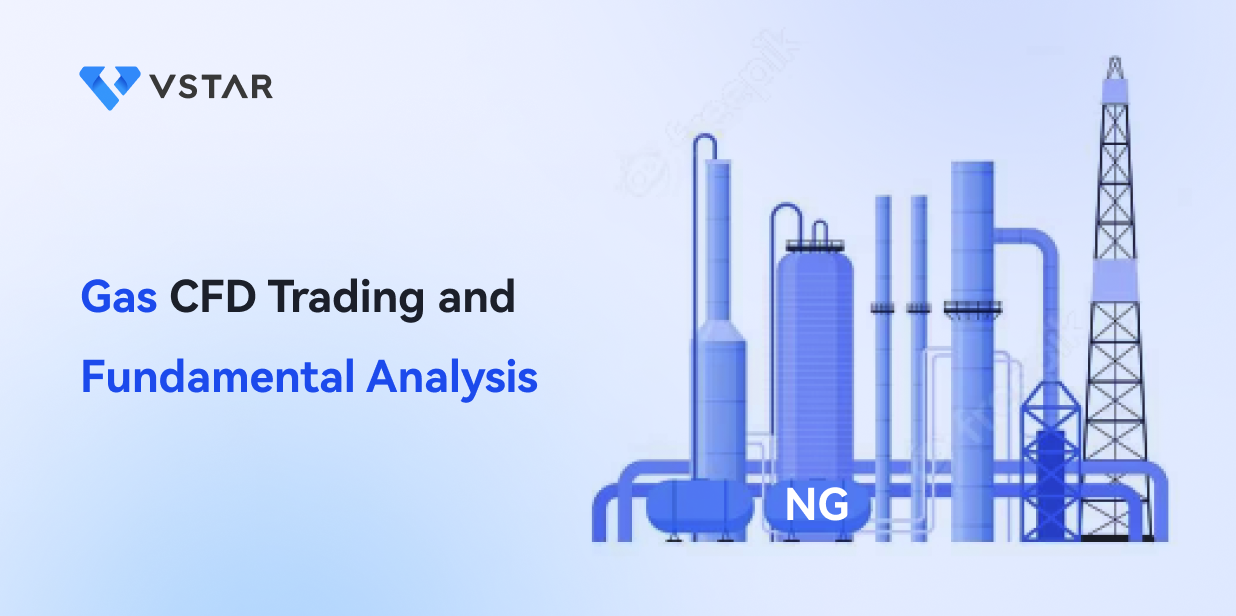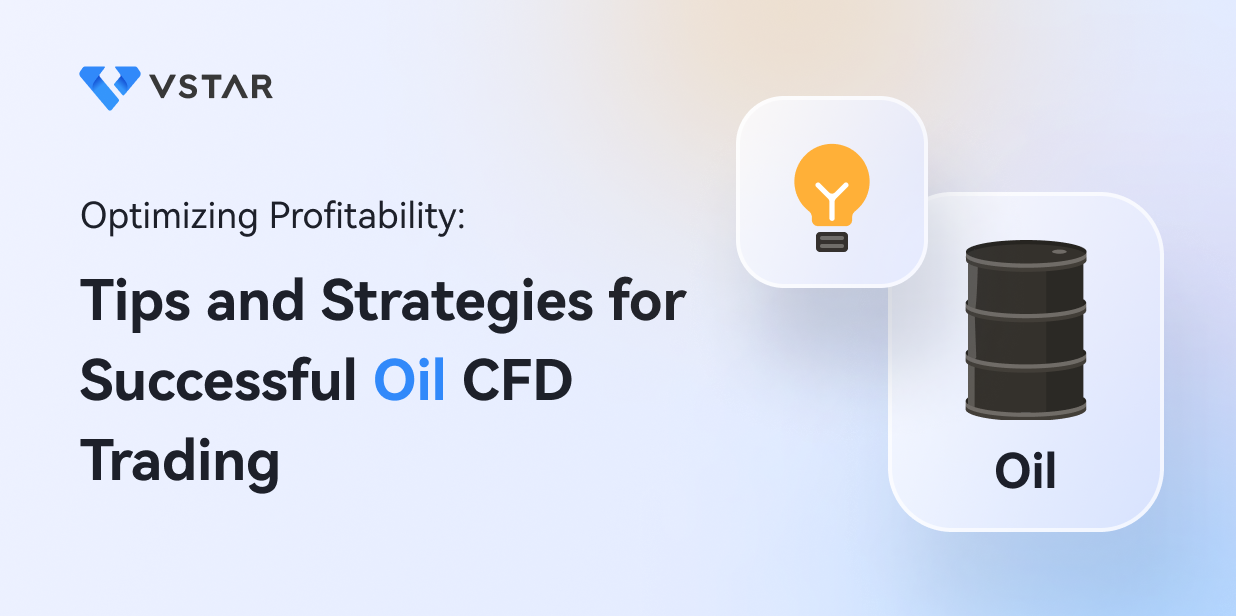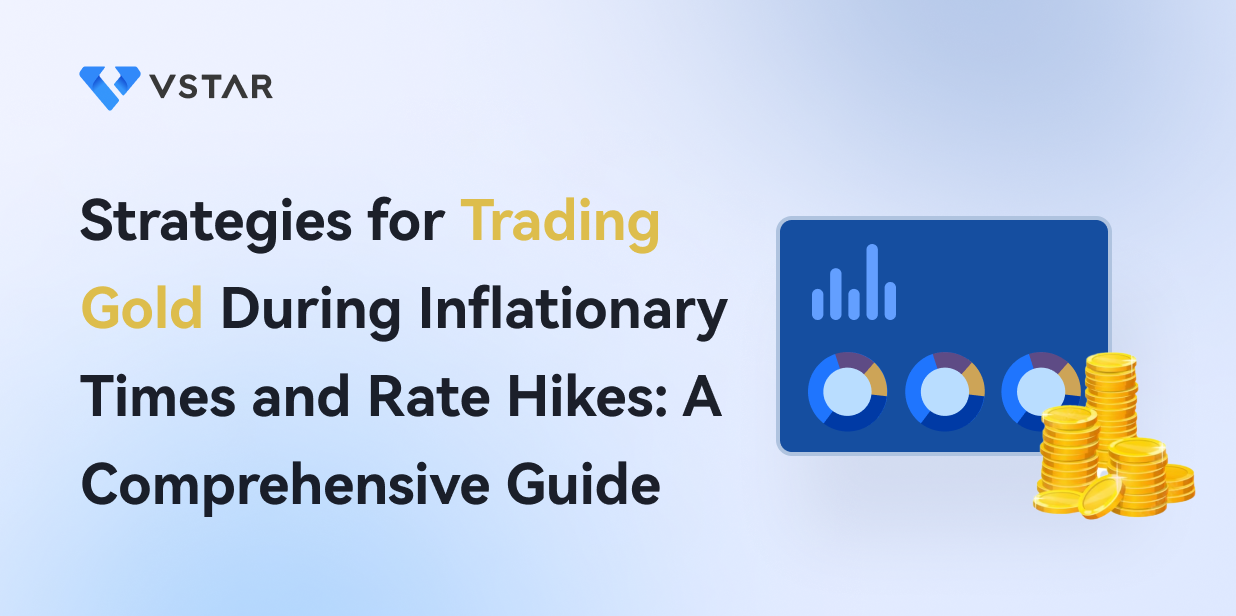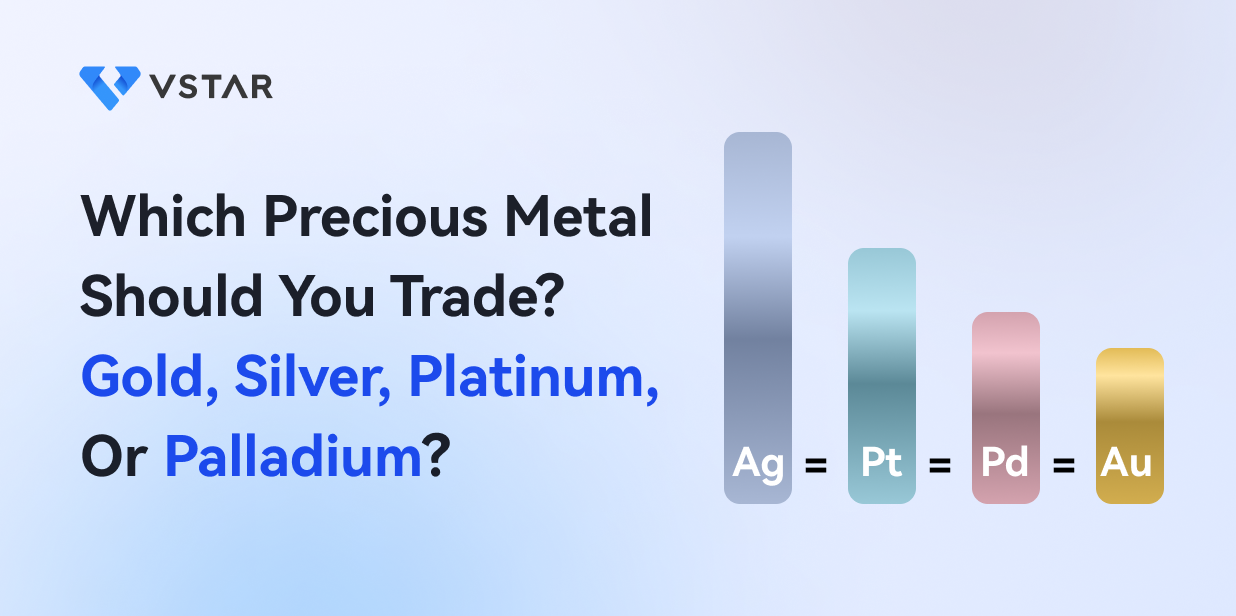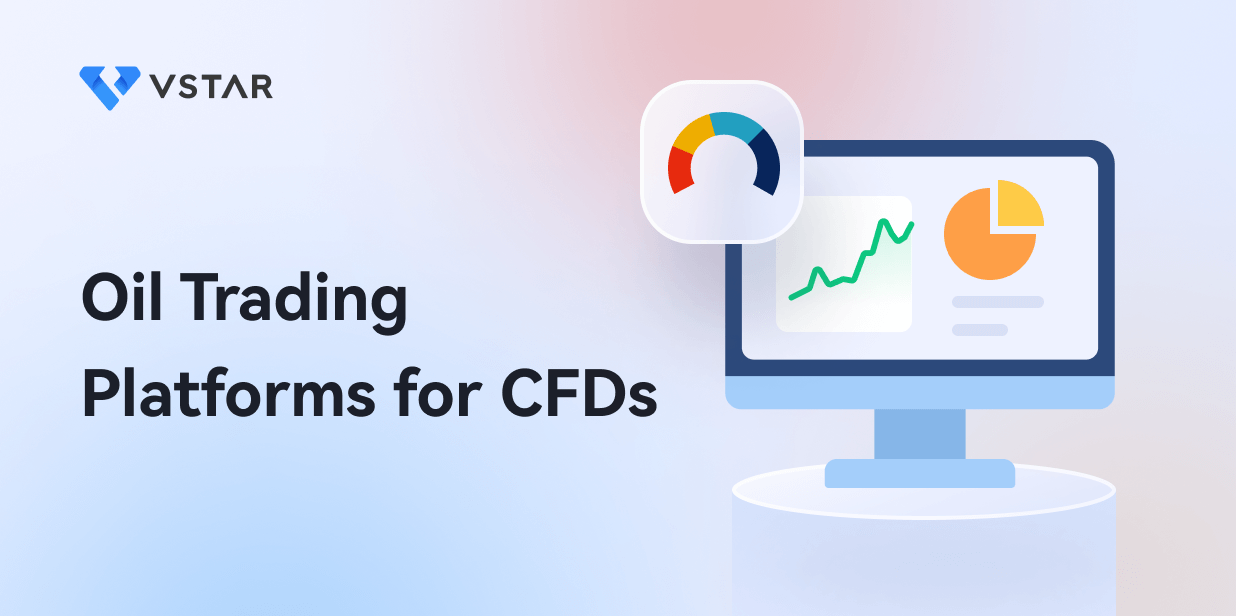Introduction
Gas CFD trading, which stands for Contracts for Difference, is a popular method for speculating on the price movements of natural gas without owning the underlying asset. Fundamental analysis plays a crucial role in Gas CFD trading as it helps traders make informed decisions based on the intrinsic value of the gas market.
Fundamental analysis involves evaluating various factors that influence the supply and demand dynamics of natural gas, including geopolitical events, weather patterns, economic indicators, and storage levels. By analyzing these fundamental factors, traders can assess the future direction of gas prices and adjust their trading strategies accordingly.
Fundamental analysis has become even more important in Gas CFD trading due to the evolving energy landscape. Factors such as the transition towards renewable energy sources, geopolitical tensions, and the impact of climate change policies have a significant impact on the gas market.
Basics of Fundamental Analysis
In Gas CFD trading, fundamental analysis serves as a cornerstone for making informed decisions based on the intrinsic value of the gas market. Understanding the basics of fundamental analysis can greatly enhance your trading strategies.
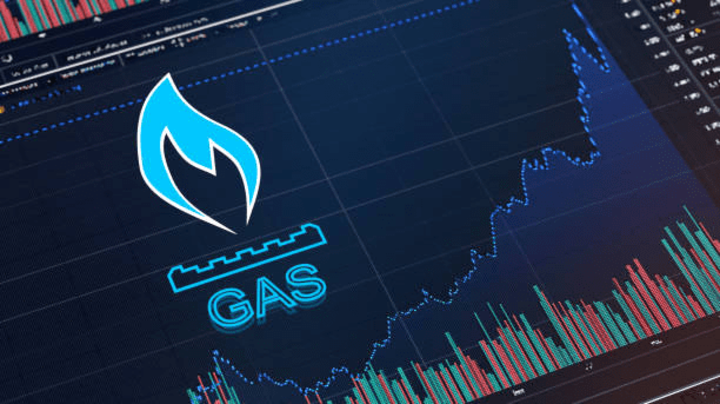
Image Source: Unsplash
The principles of fundamental analysis involve evaluating key factors that influence gas prices. These include supply and demand dynamics, economic indicators, geopolitical events, and environmental policies. By considering these factors, you can gauge the future direction of gas prices and adjust your trading approach accordingly.
Several key economic indicators and events significantly impact Gas CFD trading. These may include GDP growth, inflation rates, employment data, natural disasters, political tensions, and shifts in energy policies. Staying informed about these indicators and events allows you to anticipate market movements and identify potential trading opportunities.
Moreover, traders employ various tools and techniques to conduct effective fundamental analysis. These can include analyzing government reports, studying industry trends, monitoring weather forecasts, and evaluating market sentiment. By utilizing these resources, you can comprehensively understand the gas market and make more accurate predictions.
Gas CFD Trading Strategies Using Fundamental Analysis
Gas CFD trading strategies incorporating fundamental analysis can help you make informed decisions and maximize your trading potential. You can align your trading strategy with your investment goals and market conditions by employing different approaches. Here are four Gas CFD trading strategies that leverage fundamental analysis to your advantage:

Image Source: Unsplash
Value Investing Strategy
Value investing involves identifying and holding undervalued assets long-term, expecting their value to rise over time. In the context of Gas CFD trading, fundamental analysis helps you spot natural gas assets that may be trading below their intrinsic value due to market fluctuations or temporary factors. By analyzing supply and demand fundamentals, economic indicators, and geopolitical events, you can identify opportunities for value investing in the gas market. This strategy suits patient investors who believe the gas market's value will eventually be recognized.
Growth Investing Strategy
Growth investing focuses on assets with the potential for substantial growth in the future. Using fundamental analysis, you can identify gas assets in regions or sectors experiencing robust growth in demand. You can spot gas markets with significant growth potential by considering factors such as economic growth forecasts and energy consumption patterns. Growth investing in Gas CFD trading is more suited for traders willing to take on higher risks in pursuit of potentially higher returns.
Income Investing Strategy
Income investing aims to generate a steady stream of income from your investments. In Gas CFD trading, this strategy involves seeking out gas assets or contracts with reliable income streams, such as those backed by long-term supply contracts. Fundamental analysis assists in evaluating the financial health of gas producers, the stability of their operations, and the terms of their contracts. This approach is ideal for risk-averse investors looking for consistent cash flow from their gas investments.
Event-Driven Investing Strategy
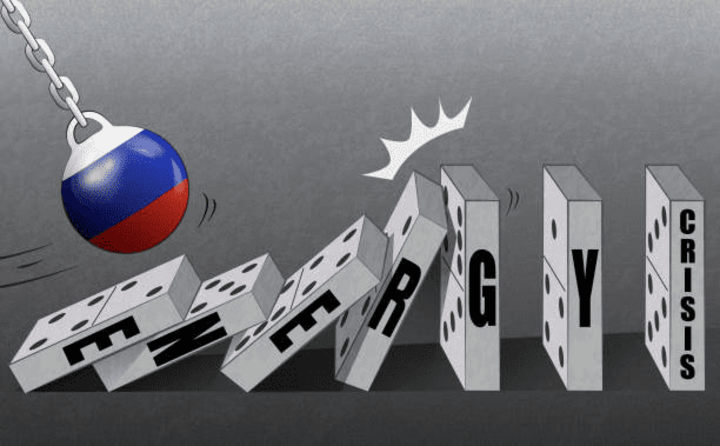
Image Source: Unsplash
Event-driven investing involves capitalizing on specific events that may impact gas prices. These events include geopolitical tensions, weather patterns, policy changes, or significant discoveries. Through fundamental analysis, you can assess the potential impact of these events on the gas market and execute timely trades to take advantage of price fluctuations. Event-driven investing requires vigilant monitoring of market events and quick decision-making.
Gas CFD Trading Platforms and Fundamental Analysis Tools
Gas CFD trading platforms provide an array of fundamental analysis tools that empower you to navigate the gas market effectively. By utilizing these tools and customizing them to align with your trading approach, you can gain valuable insights and stay ahead in this dynamic market. Remember to stay vigilant with the most recent news and events to maximize your Gas CFD trading experience.
However, gas CFD trading platforms have evolved to become comprehensive tools that offer valuable insights to traders, enabling them to make informed decisions. Here's an overview of these platforms and the fundamental analysis tools they provide:
Overview of Gas CFD Trading Platforms
Gas CFD trading platforms are online brokerage services that allow you to trade natural gas contracts for difference (CFDs). These platforms provide access to various global gas markets, allowing you to speculate on price movements without owning the underlying asset. They offer real-time market data, order execution capabilities, and risk management tools. Many reputable platforms are available, each with unique features and user interfaces to suit traders' preferences.

Fundamental Analysis Tools Available on Gas CFD Trading Platforms
Gas CFD trading platforms offer a range of fundamental analysis tools to help you understand the factors influencing gas prices. These tools include:
Economic Calendar
Gas CFD trading platforms often include an economic calendar that displays upcoming economic events, such as GDP reports, employment data, and central bank meetings. These events can have significant impacts on gas prices.
Market News and Analysis
You can access the latest gas market news and expert analysis directly on the trading platform. This information keeps you updated on industry trends, geopolitical developments, and supply-demand dynamics.
Price Charts and Technical Indicators
While primarily used for technical analysis, price charts on CFD platforms can also aid in fundamental analysis. Overlaying technical indicators on price charts can help you spot trends and correlations with fundamental factors.
Customization of Fundamental Analysis Tools on Gas CFD Trading Platforms
Gas CFD trading platforms often offer customizable features, allowing you to tailor fundamental analysis tools to your preferences. You can set up personalized watchlists, and alert notifications for specific events and select the economic indicators most relevant to your trading strategy. The ability to customize these tools ensures that you receive the information you need to make well-informed trading decisions.
Gas CFD Trading and Technical Analysis
Gas CFD trading can benefit from the combination of both fundamental analysis and technical analysis. While fundamental analysis focuses on analyzing economic factors, news, and market fundamentals, technical analysis involves studying price patterns, trends, and market behavior. Here are the key aspects to understand regarding the relationship between gas CFD trading and technical analysis:
Differences between Technical Analysis and Fundamental Analysis
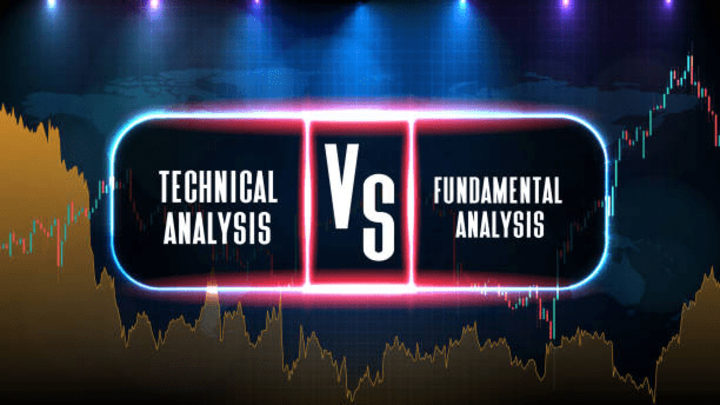
Image Source: Unsplash
Technical analysis relies on historical price data and indicators to identify patterns and predict future price movements. It focuses on market psychology and uses tools like charts, trendlines, and oscillators to make trading decisions. On the other hand, fundamental analysis considers economic data, company financials, and industry trends to determine the intrinsic value of an asset.
Importance of Combining Technical and Fundamental Analysis
Combining technical and fundamental analysis can provide a more comprehensive view of the gas market. While fundamental analysis helps you understand the long-term value and potential of gas assets, technical analysis can provide entry and exit points based on short-term price patterns. By combining the two approaches, you can identify trading opportunities that align with both the underlying value and the market sentiment.
Examples of Gas CFD Trading Strategies using both Technical and Fundamental Analysis
One example of combining technical and fundamental analysis is using fundamental factors to identify potential market trends and then using technical analysis to time the entry and exit points. For instance, if the fundamental analysis indicates increased gas demand due to a severe winter, technical analysis can help pinpoint optimal entry levels based on chart patterns or indicators.
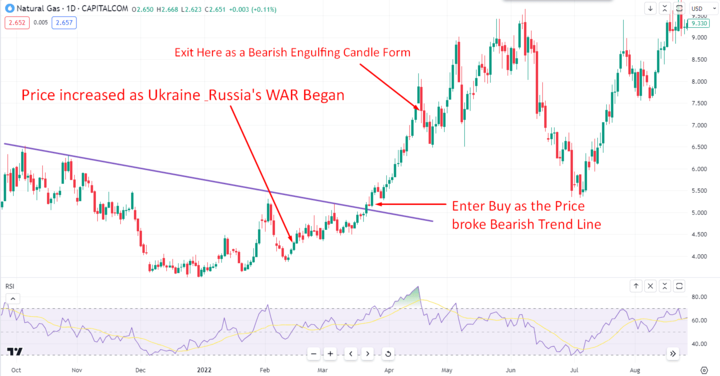
Image Source: TradingView
Another strategy is using technical analysis to validate or confirm signals from fundamental analysis. For instance, if fundamental analysis suggests a bullish outlook for gas prices due to geopolitical tensions, technical analysis can be used to identify breakout patterns or trend reversals that support the fundamental analysis.
Combining technical and fundamental analysis in gas CFD trading can enhance your decision-making process and increase the probability of successful trades. By understanding the differences between the two approaches and finding ways to integrate them, you can gain a more comprehensive understanding of the gas market and make informed trading decisions.
Risks and Limitations of Fundamental Analysis in Gas CFD Trading
While fundamental analysis is a valuable tool in gas CFD trading, it is important to be aware of its limitations and the associated risks. Here are the risks and limitations to consider when relying on fundamental analysis in gas CFD trading:
Limitations of Fundamental Analysis
Incomplete Information: Fundamental analysis relies on available data, which may be incomplete or subject to interpretation. It may not capture all relevant factors influencing gas prices.
Time Lag: Fundamental analysis takes time to gather and analyze data, resulting in a time lag between the release of information and its incorporation into trading decisions.
Market Sentiment: Fundamental analysis does not consider market sentiment and investor psychology, which can significantly impact short-term price movements.
Risks of Relying Solely on Fundamental Analysis
Unexpected Events: Fundamental analysis may not account for unforeseen events, such as natural disasters, geopolitical crises, or sudden shifts in market sentiment, which can lead to rapid price changes.
Market Inefficiencies: Fundamental analysis assumes market efficiency, but markets can sometimes deviate from fundamentals due to speculative trading or temporary imbalances.
Over Reliance on Assumptions: Fundamental analysis relies on assumptions about future outcomes, and if those assumptions prove incorrect, it can lead to trading losses.
Importance of Risk Management
It is crucial to implement effective risk management strategies to mitigate the risks associated with fundamental analysis in gas CFD trading. This includes setting clear stop-loss levels, diversifying your portfolio, and carefully managing position sizes. Risk management helps protect your capital and ensures you can withstand potential losses from unexpected market events.
Combining fundamental analysis with other forms of analysis, such as technical analysis, and implementing robust risk management strategies, you can make more informed trading decisions and navigate the volatile gas CFD market with greater confidence.
How to Succeed with Fundamental Analysis in Gas CFD Trading

Image Source: Unsplash
Succeeding with fundamental analysis in gas CFD trading requires careful planning, the use of multiple analysis tools, staying informed about market news, practicing proper risk management, and continuously learning and improving. It is important to follow certain strategies and practices to succeed with fundamental analysis in gas CFD trading. Incorporating strategies into your trading approach can increase your chances of making profitable trading decisions in the dynamic gas CFD market.
Here are some key steps you can take to enhance your success in gas CFD trading using fundamental analysis in 2023:
Develop a Trading Plan: Create a well-defined trading plan that outlines your goals, risk tolerance, and trading strategies. Identify the specific fundamental factors you will focus on and establish clear criteria for entering and exiting trades based on your analysis.
Use Multiple Fundamental Analysis Tools: Utilize various fundamental analysis tools to view the gas market comprehensively. These include economic calendars, news feeds, financial reports, and industry analysis. By considering multiple perspectives, you can make more informed trading decisions.
Keep an Eye on Market News and Events: Stay updated with the latest news, market trends, and events that can impact the gas market. This includes monitoring economic indicators, geopolitical developments, regulatory changes, and weather patterns. By being aware of these factors, you can adjust your trading strategies accordingly.
Practice Proper Risk Management: Implement effective risk management techniques to protect your capital. Set appropriate stop-loss levels, diversify your portfolio, and avoid overexposure to any single trade. Risk management ensures you can withstand potential losses and preserves your trading capital for future opportunities.
Conclusion


Gas CFD trading combined with fundamental analysis offers a powerful approach to navigating the dynamic gas market. By analyzing economic indicators, market trends, and geopolitical events, you can make more informed trading decisions. However, it is important to learn and improve your skills in gas CFD trading continuously. Stay updated with the latest market news, explore new analysis tools, and refine your trading strategies. Adapting to changing market conditions and practicing proper risk management is key to long-term success.
Remember, various factors influence the gas market, and no analysis method guarantees profits. By combining fundamental analysis with technical analysis, developing a solid trading plan, and continuously enhancing your knowledge, you can increase your chances of achieving success in gas CFD trading. Stay proactive, remain disciplined, and always strive for improvement to excel in the gas CFD trading landscape.







